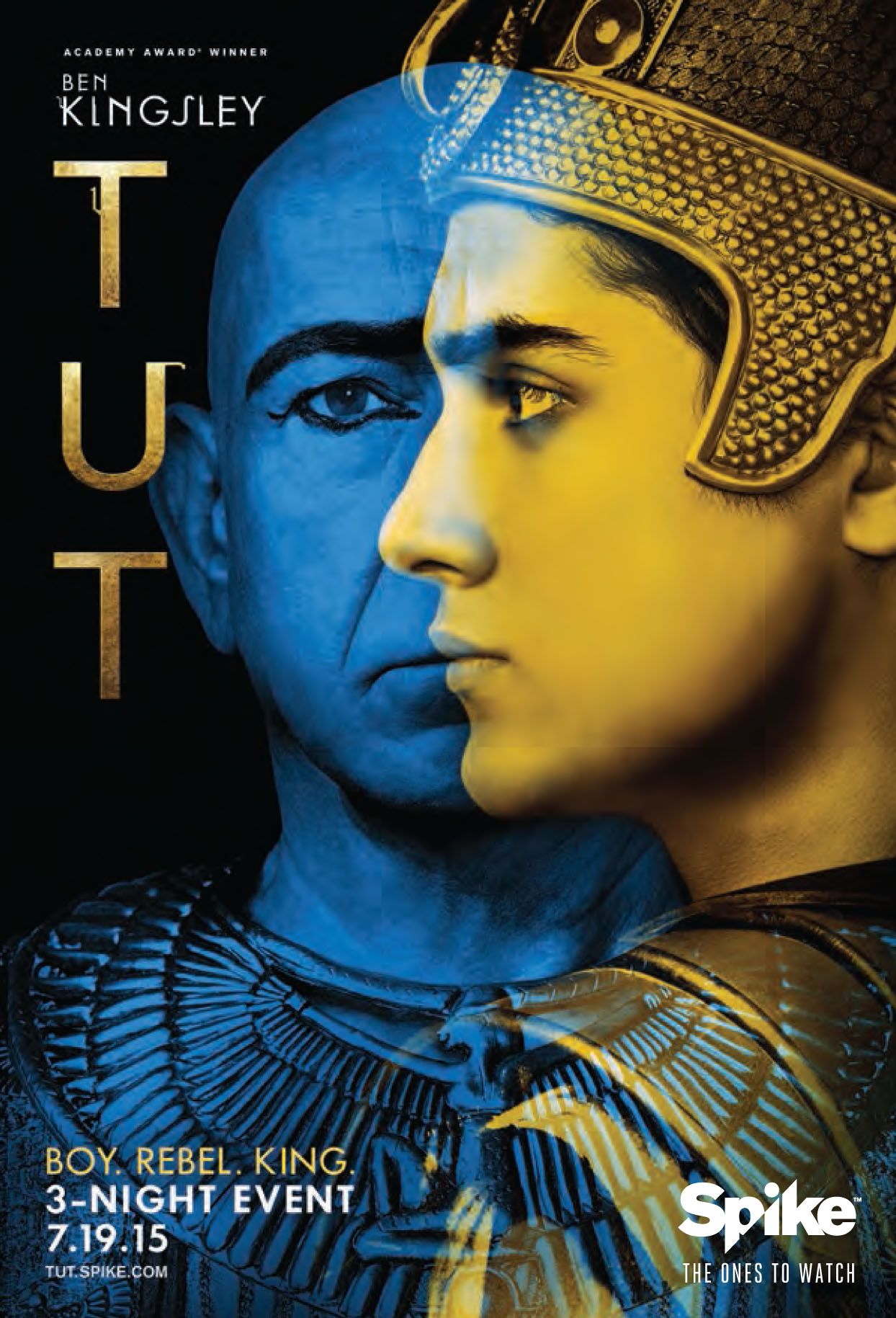Considering that I know approximately...nothing (!!) about the Egyptians dynasties, I found that what I knew about Tutankhamun was basic knowledge, things that everyone knows. Or I thought I knew that, at least.
I recently watched the documentary "Tut", about the life of this Boy-King, one of the most famous nowadays, and I obviously researched like crazy to find if everything in the documentary was truth.
Anyways, from everything I discovered, I'm gonna tell you 6 facts. 6 things that I learned watching Tut and researching about him. These are 6 things that may be very obvious or even a little polemic but I will list them for people who, like me, didn't know about them. And the precious 6 are:
1. Tutankhamun's name was actually Tutankhaten. In the 4th year of his reign, Tut changed his name when he restored the worship
of the Gods (especially Amun), which his father had put an end to. Tutankhamun
means "Living Image of Amun" (Amun was seen as the king of Gods). His
wife (who was also his half-sister), née Ankhesenpaaten also changed her name
to Ankhesenamun ("She lives for Amun").
2. It's uncertain who was Tut's father. Actually, not a lot is known about Tut and there are even suspects that
some documents were destroyed so that nothing about him would ever come to
light. According to some historians, Tut is son of Amenhotep III but it's
widely accepted that Amenhotep IV was the real father to the Pharaoh. The
theory that Amenhotep III was Tut's father is based on inscriptions found on
the walls of the Luxor Temple in which Tut calls Amenhotep III
"father", however it is important to mention that the term
"father" was very ample back then and didn't strictly mean a parental
relationship.
3. Tut was the last Pharaoh of the 18th Dynasty.
He had a sudden death (with very uncertain causes) and he had no heirs
whatsoever (even though, Tut and his wife has 2 stillborn girls). His wife
ended up marrying Aye, vizier of Tut but she died a few years after her second
marriage, giving way for Aye to become Pharaoh.
4. It is thought that Aye may be behind Tut's
death. This is a rumoured theory that exists because it's thought that Aye wanted
to become Pharaoh, which happened after Tut died. This theory gains strength because
of a bone found in Tut's skull that could have resulted in his death, however,
in 2005, this theory was put aside and it was said that this lesion was
provoked during the embalming process. Tut's death causes are still kind of uncertain
but it's now accepted that he died from complications after a hunting accident.
5. Tut's embalming may have been poorly made. Okay, so this theory is VERY polemic, I am aware, but I saw this
documentary on youtube that explained the process of embalming and pointed out
the flaws of Tut's. So, according to the documentary I saw there are 3 major
errors: one, a small cut should have been made on the side of the body but
instead Tut's body has a huge cut made from the belly button to the side (this
cut has only been put in practice years later); then, there's no heart found in
the x-rays that have been done, and the heart is the only organ that the
Pharaoh takes to the grave; third, it's thought that the body was already
deteriorating when it was embalmed: this may be the proof that Tut died away
from the Valley of the Nile, where Natron (essential to the process) could be
found.
6. The Pharaoh's curse. At first I was only going to list 5 facts but who doesn’t love a good ol'
curse, hein?! So here we are for the 6th! It took a long time to find Tut's
tomb because he died suddenly and was likely buried in a secondary temple but
the truth is that the tomb was found and it's opening originated a series of
events. The patron that backed the searches for the tomb died in 1923 and
in the moment of his death there was a sudden electric outage in Egypt’s
capital while his dog howled and then fell dead in England. More sudden deaths
would follow but the most interesting one was the fact that the canary of the
man who opened the tomb was eaten by a serpent: an animal was that said to
protect the Pharaohs from their enemies.
These are the 6 facts that I collected while researching. Some may be
polemic and some may even be just rumours and not correct at all but alas, it
was interesting! I shall find more to tell you about Tut who, I am certain, has
a life worth telling and I invite you to share all your knowledge with me too!

No comments:
Post a Comment